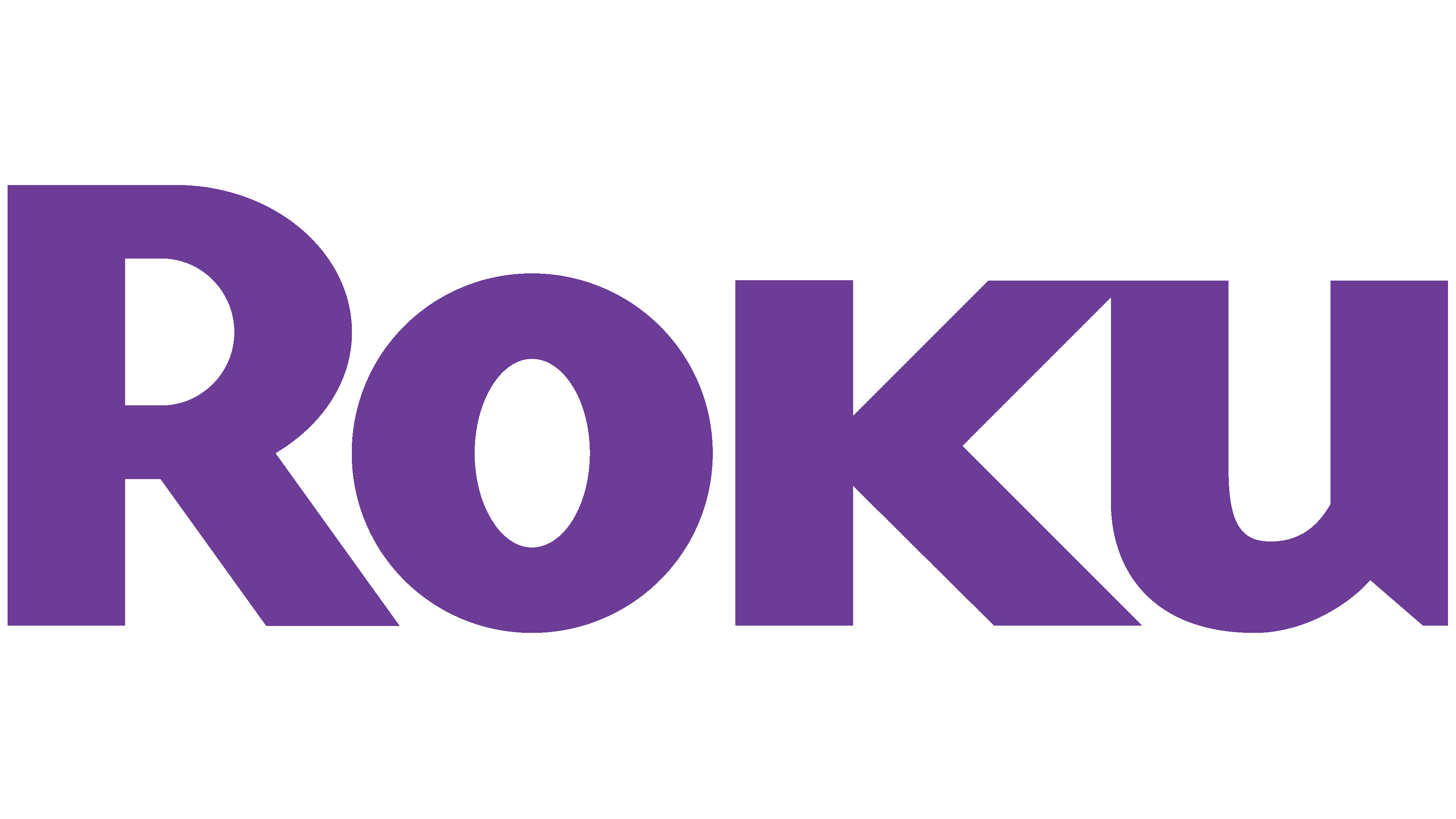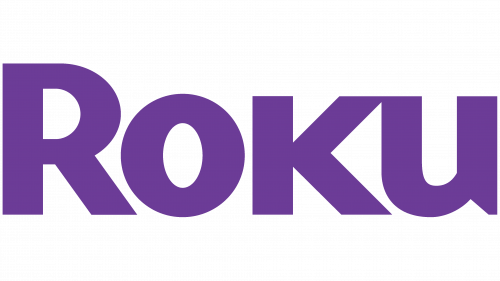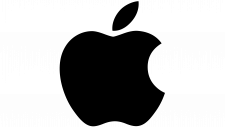Roku Logo
Roku, a dominant force in the streaming world, specializes in digital media players that allow users to access internet-hosted content on their televisions. Beyond devices, they’ve expanded into their own streaming platform, offering a plethora of channels, including Roku’s free ad-supported channel. Primarily targeting North America, they’ve gradually made inroads into international markets. As a publicly traded company on the NASDAQ, ownership is distributed among shareholders. Their continuous evolution and innovations keep them at the forefront of the over-the-top (OTT) media service industry.
Meaning and history
Roku, founded in 2002 by Anthony Wood, embarked on a journey to revolutionize the streaming industry. Initially, Roku’s venture focused on building a digital media player for Netflix; however, by 2008, they launched their own branded player, laying the groundwork for a more expansive streaming platform.
Rapid innovations led to several generations of Roku devices, each more advanced than its predecessor. By 2011, Roku had added over 100 channels, including premium names like Hulu and Amazon Video. This robust content expansion transformed Roku from a mere device manufacturer to a comprehensive streaming platform.
In 2012, the company marked a pivotal shift by introducing the Roku Streaming Stick, a more compact alternative to their set-top boxes. This move highlighted Roku’s adaptability, as they seamlessly transitioned to a market demanding portability.
By 2017, Roku decided to go public, listing its shares on the NASDAQ. This move expanded their financial capabilities, allowing further diversification and growth. No longer just a hardware firm, Roku ventured into content creation, launching the Roku Channel in 2017. This ad-supported free channel offered a mix of old movies and TV shows, adding another revenue stream for the company.
Throughout its existence, Roku’s ownership primarily revolved around Anthony Wood, its founder, and a group of venture capitalists. However, post their IPO, the ownership structure broadened, with shares held by various institutional investors and the public.
The company’s focus shifted from just selling hardware to a more platform-centric approach, emphasizing advertising and subscription-based revenue. As of now, Roku’s platform serves as a bridge, connecting viewers, content creators, and advertisers in a symbiotic ecosystem.
Roku’s history is a testament to its adaptability and forward-thinking approach. Starting as a hardware-centric firm, it has successfully transformed into a central player in the OTT media landscape, with both a strong device lineup and a compelling content platform.
2002 – Today
Upon initial observation, the symbol might seem ordinary. It comprises merely a single term, a duo of hues, and lacks intricate graphics or ornate typefaces. Yet, it’s this very simplicity that stands out. Such a pared-down design resonates with notions of clarity, steadiness, grandeur, and broad appeal. These elements aptly mirror the brand’s offerings, reflecting their top-notch standards and emphasizing that sometimes, less is indeed more. The emblem, though seemingly plain, carries a depth of meaning and showcases the brand’s commitment to uncluttered excellence and timeless value.











